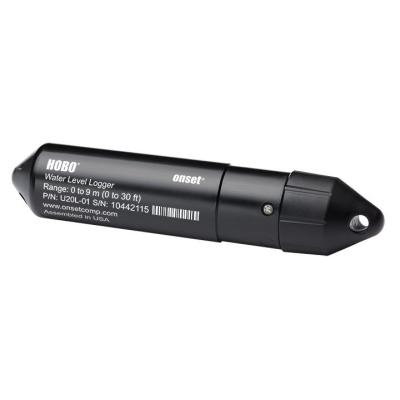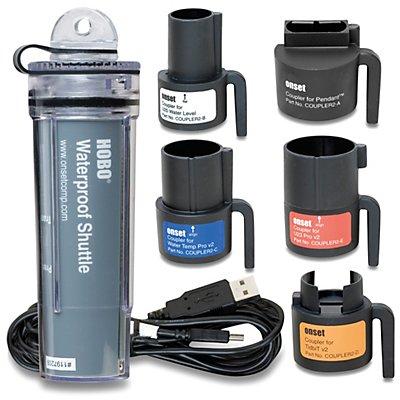
Problem
Historically, the effects of overharvesting, pollution, and urbanization led to the severe depletion of Olympia oyster populations in Puget Sound. However, due to restoration efforts over the past 20-plus years, oyster populations in some parts of the region are beginning to rebound. Puget Sound Restoration Fund (PSRF), a nonprofit organization dedicated to recovering Washington’s coastal resources, is working to further this positive trend by reestablishing “self-sustaining oyster beds throughout Puget Sound to provide filtration and structured habitat for a diverse community of marine species.”
As the first step in accomplishing this task, PSRF is conducting a comprehensive investigation to assess historical hotspots and other potential areas recommended by the Washington Department of Fish & Wildlife as locations where restoration actions might be most effective. To determine the suitability of specific potential restoration sites within key bays and inlets, PSRF needs to evaluate essential water quality factors: temperature and salinity.
Solution
PSRF selected low-cost, research-grade HOBO U20L-01 data loggers to collect water level and intertidal temperature data to help characterize conditions and determine whether temperature ranges were within reported tolerances for Olympia oysters (≥ 0°C during times when the animals are exposed to air due to low tide). The researchers also selected HOBO U24-002-C data loggers to collect conductivity data that would show whether salinity levels drop outside of the published tolerance for long periods during seasonal flushing events (≤ 10 ppt for several days in a row). Salinity is calculated from specific conductance and temperature data using the Conductivity Assistant in Onset’s HOBOware Pro software. Data offload from both the HOBO U20L-01 and U24-002-C loggers, as well as logger relaunch, is accomplished using the HOBO Waterproof Shuttle.
Results
At proposed Olympia oyster restoration locations where the reliable water quality data PSRF collected has been analyzed, the organization is ranking sites within regions based on the highest potential for restoration success. For example, frequent and sustained pulses of very low salinity water (≤ 10 ppt) are likely to pose problems for Olympia oyster success, so these sites may be ranked as lower priority until further exploration can be completed.
As more site-based information on water quality is accumulated over the years, PSRF will begin to identify geographical, topographical, and/or human-use features that may be associated with quality of Olympia oyster habitat. After site ranking, the organization will move forward with subsequent phases of its Olympia Oyster Restoration project: selecting, testing, and performing restoration actions, and later assessing the ongoing success of restoration – all of which will likely involve using HOBO data loggers for additional long-term monitoring of conditions.
Products Used
HOBOware Software
To calculate salinity from specific conductance and temperature data



